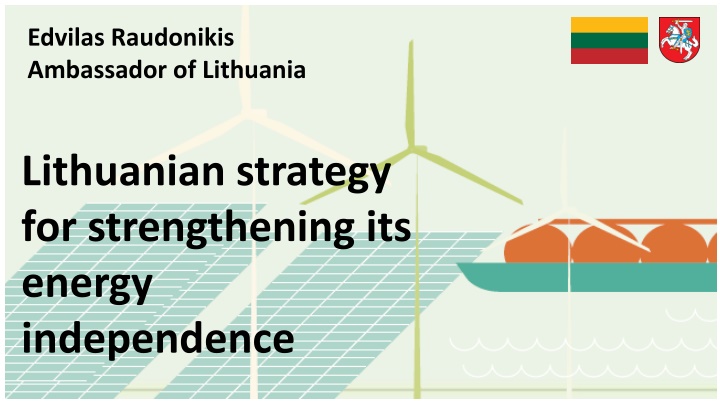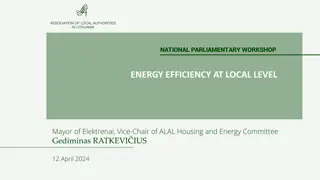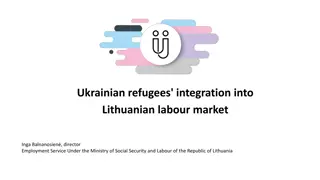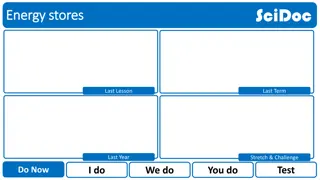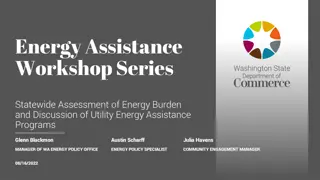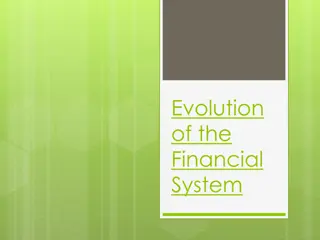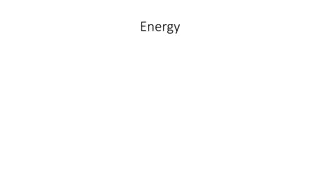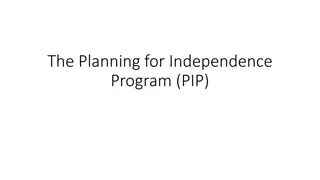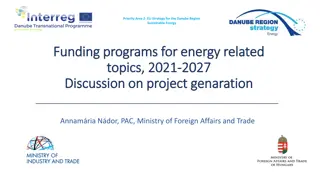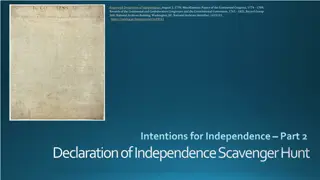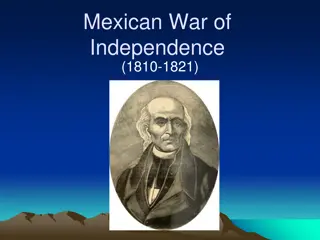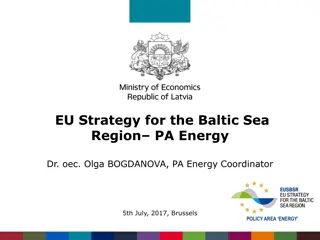Lithuanian Energy Independence Strategy & Goals
Lithuania's National Energy Independence Strategy focuses on enhancing competitiveness, reliability, and reducing environmental impact in the energy sector. The strategy outlines specific objectives and tasks to achieve energy independence by 2050, including increasing the share of renewable energy sources and improving electricity generation capacities. Various initiatives are underway to reduce electricity imports, enhance system reliability, and promote smart energy systems for consumers.
Download Presentation

Please find below an Image/Link to download the presentation.
The content on the website is provided AS IS for your information and personal use only. It may not be sold, licensed, or shared on other websites without obtaining consent from the author.If you encounter any issues during the download, it is possible that the publisher has removed the file from their server.
You are allowed to download the files provided on this website for personal or commercial use, subject to the condition that they are used lawfully. All files are the property of their respective owners.
The content on the website is provided AS IS for your information and personal use only. It may not be sold, licensed, or shared on other websites without obtaining consent from the author.
E N D
Presentation Transcript
Edvilas Raudonikis Ambassador of Lithuania Lithuanian strategy for strengthening its energy independence
National Energy Independence Strategy of Lithuania adopted by the parliament on 21 June 2018: - Strategic directions: - Competitiveness - Reliability - Mitigation of environmental impact - Participation of the country s businesses in pursuance of energy progress
National Energy Independence Strategy of Lithuania: - Implementation Action Plan till 2022: - Annually renewed - 12 objectives, 34 tasks, 128 actions - 4 bil. investment - 35 institutions, companies, agencies involved
National Energy Independence Strategy of Lithuania 21 June 2018: Goals 2020 2030 2050 RES share in the final energy consumption RES share in the district heat supply sector RES share in the transport sector
National Energy Independence Strategy of Lithuania 21 June 2018: Goals 2020 2030 2050 RES share in the electricity sector Electricity production in Lithuania The share of prosumers compared to all consumers
Electricity-generating capacity in Lithuania and energy interconnection capacities (forecast)
By 2022 reduce electricity import 29%: - Large RES (wind) ~300 MW - Small RES (solar) ~200 MW - Reliability of the system reserve (gas) ~ 200-300 MW 165 mil. investment into the grid reduce system interruption duration and frequency by 1/3
Smart system: - By 2022 2/3 of consumers using smart electricity accounting systems 200 mil. investment - By 2022 1/5 of consumers using smart gas accounting systems
Objectives in the transport sector: - RES share 10% by 2020: - 7% 1st . generation biofuel - 0,5% 2nd . generation biofuel - 2,5% electric vehicle - 30 mil. investment into modern public transport (EU support) till 2023 - Investment into electric vehicle infrastructure, accommodating 5 times EV by 2022
Support to the countrys business participation till 2022: - 30 tests of innovative energy and business products - 60 companies provided support to start innovations in energy sector - 200 startups provided study of energy sector programs - Creation of legal environment favorable for innovations
AI THANK YOU D KUJI
